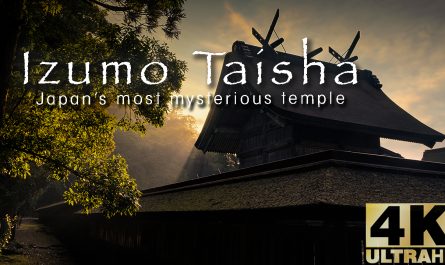At 8 15 a.m on the 6th of august 1945 the first atomic bomb in human history was dropped on Hiroshima. The skies were clear, and the Enola Gay encountered no opposition while approaching the target. The bomb that Enola gay carried would change the course of the war and the planet as we knew it; It was called “Little boy”. It took roughly 45 seconds for Little Boy to descend to an altitude of 1,900 feet (580 meters), at which point it exploded in the sky directly above Shima Hospital. Within a fraction of a second of the detonation, the temperature at ground level exceeded 7,000 °C (12,600 °F) and a powerful blast wave scoured the landscape. Sgt. Bob Caron, the Enola Gay’s tail gunner and the only member of the crew to directly observe the blast, described the scene as a “peep into hell.”
Hiroshima was chosen simply because it had suffered almost no previous bomb damage and would therefor provide the best target to observe the effective destructiveness of the atom bomb. The devastation was beyond anything the planet had seen before. The human cost was horrific; Out of a population of 343,000 inhabitants, some 70,000 people were killed instantly, and by the end of the year the death toll had surpassed 100,000. Two-thirds of the city area was destroyed. “Nuclear shadows” were all that remained of people who had been subjected to the intense thermal radiation.
While exactly when is undocumented, the building with its exposed steel dome began to be referred to as the atomic bomb dome. Although the atomic bomb dome was located almost directly underneath the explosion it somehow avoided complete destruction and the remains of the building still stand today. The atomic bomb exploded at a height of 600 meters and approximately 160 meters to the south east of the atomic bomb dome. At the time, the building was the Hiroshima prefectural industrial promotion hall. At the moment of detonation, the blast exerted 35 tons of pressure per square meter and created a fierce wind speed of 440 meters per second. The building absorbed the powerful explosion and heat, and burst into flames. Because the impact of the blast came almost directly overhead curiously, the thick outer walls and the steel dome escaped complete destruction however, the people who were inside at the time died instantly and the interior of the building was completely gutted by fire.
The flame of peace was first lit on the 1st of august 1964 in hope of a world without nuclear weapons. The flame will continue to burn until all nuclear weapons are abolished worldwide. Designed by Kenzo Tange, then professor at the University of Tokyo, the pedestal that supports the flame was designed to suggest two hands pressed together at the wrist and bent back so that the palms point up to the sky. It was designed both to console the souls of the thousands who died begging for water and to express the hopes for the abolition of nuclear weapons and the realization of lasting world peace.
Not only is the atomic dome site a stark and powerful symbol of the most destructive force ever created by humankind it also expresses the hope for a world of peace and the ultimate elimination of all nuclear weapons. A future I think we can all agree is worth striving for.


